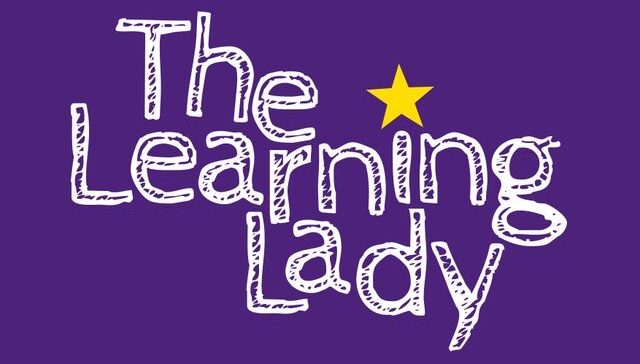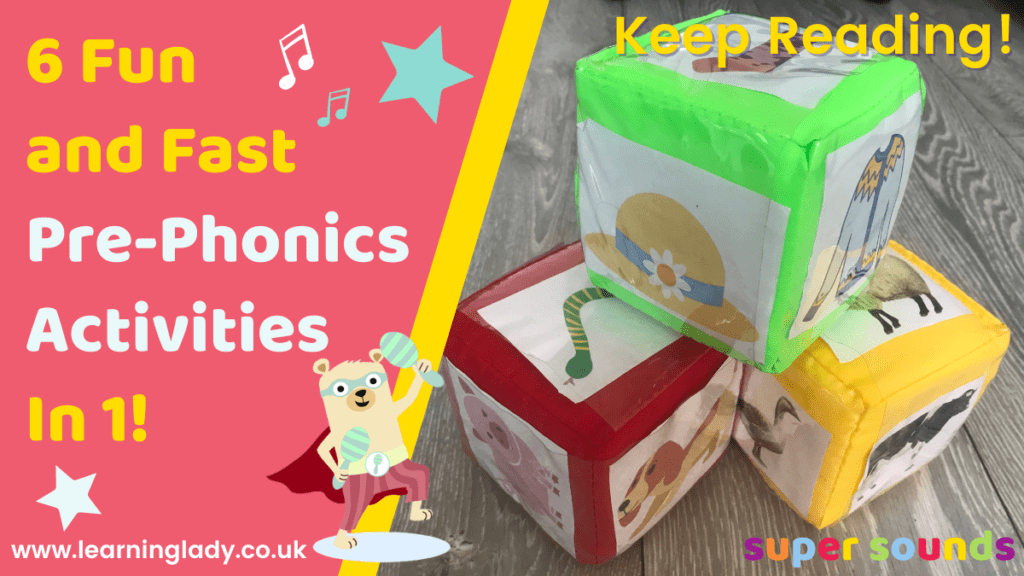Three-year-old Aaron was a boy who loved to play.
This is the story of how Aaron helped us find the winning formula for our pre-phonics activities, with 1 super simple game!
Table of Contents
Keeping Phase 1 Phonics simple!
In our Nursery phonics planning meetings, there was always a mental tug of war. On the one hand we knew that our activities needed to be systematically well matched to the needs of the children.
We also knew our sessions needed to be fun and engaging too.
Our team had been teaching Letters and Sounds Phase 1 for so long that we were crying out for new ideas.
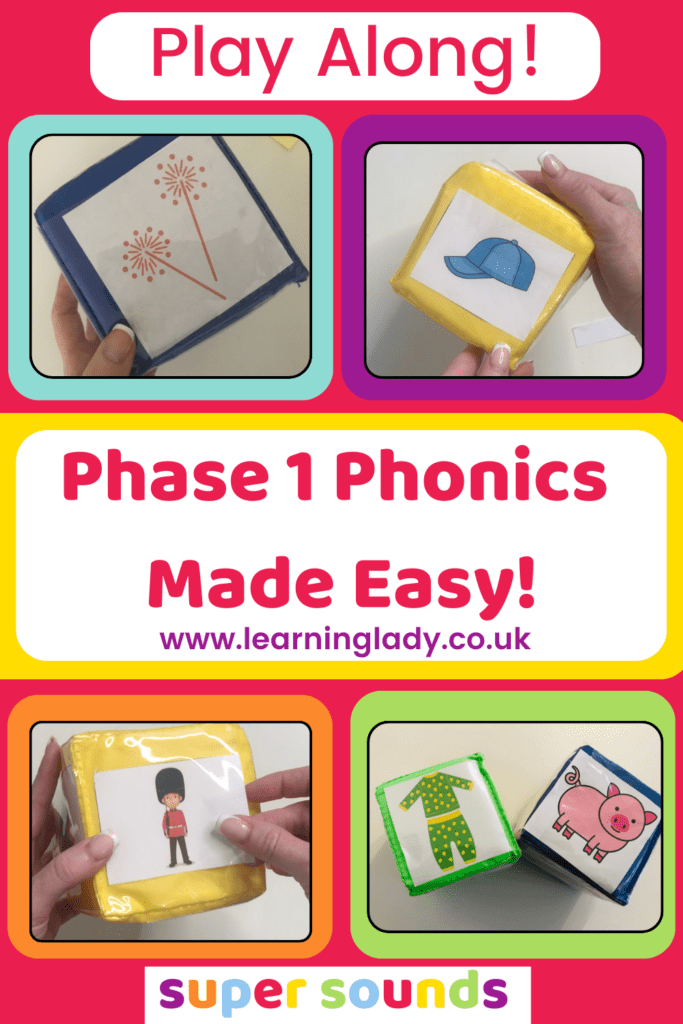
Prephonics made easy!
Aaron was a true reflection of the children we worked with. He responded best when our games were super simple.
This was what the staff team needed too. We were generally run off our feet. We didn’t have the bandwidth for complicated pre-phonics activities.
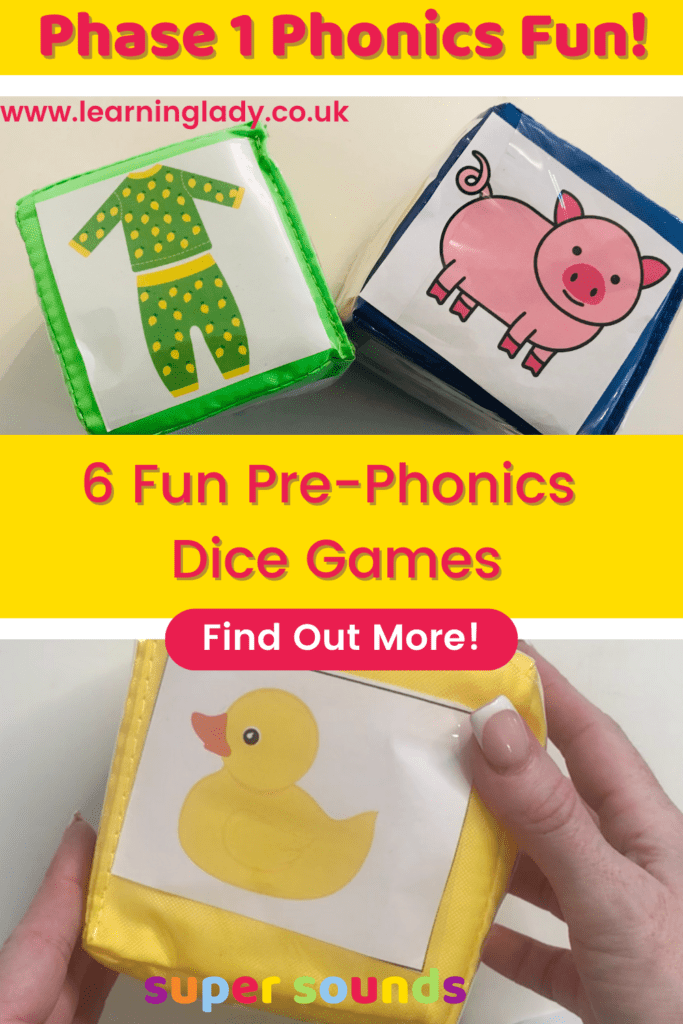
3-year-olds like Aaron only need to think about one thing when they’re learning.
The learning itself!
The sole purpose of Phase 1 Phonics activities is to develop pre-phonic skills.
The more complicated the activity, the harder it is for preschoolers to grasp the prephonics concepts.
Saving Brain Space!
There’s no brain space for learning the rules, processing instructions, or concentrating on turn-taking.
That would be as challenging as patting your head and rubbing your tummy. OVERWHELM!
Refining Our Practice
We began to realise that playing the same repetitive games with our 2,3 and 4-year-olds was critical.
Mastering one easy-to-play game freed up vital brain space.
This meant that Aaron could concentrate on those essential prephonic skills.
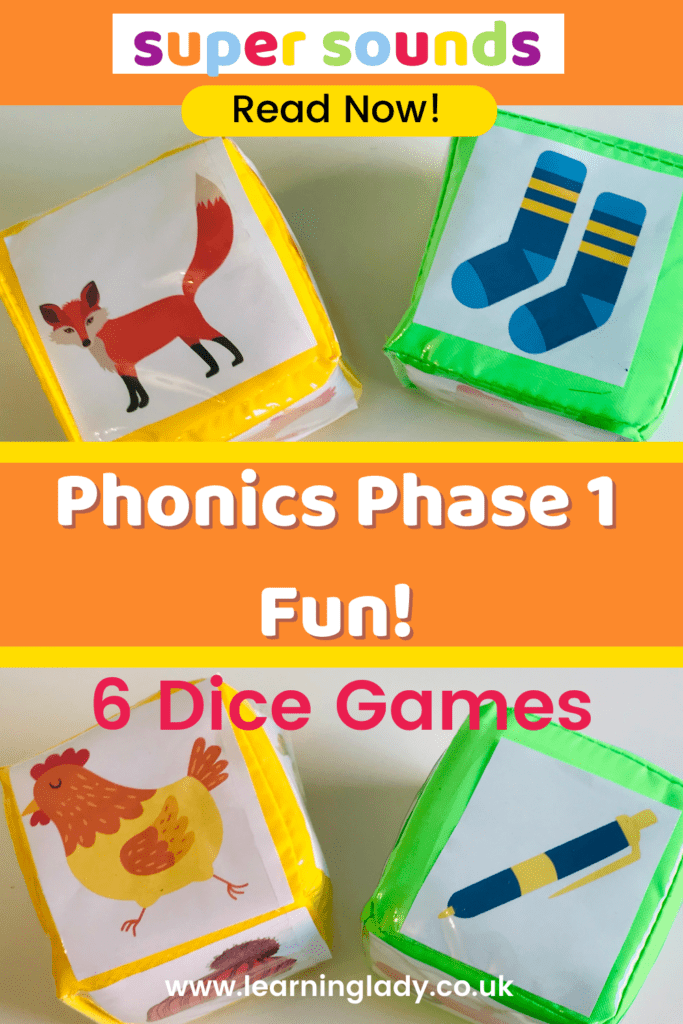
A New Letters and Sounds Phase 1 Alternative
We set about developing super successful Letters and Sounds Phase 1 alternatives. We wanted these to be:
- Simple to play and super speedy to prepare
- Repeatable and instantly adaptable
- Engaging and fun-filled
Our easy-to-play dice games were one of Aaron’s favourites!
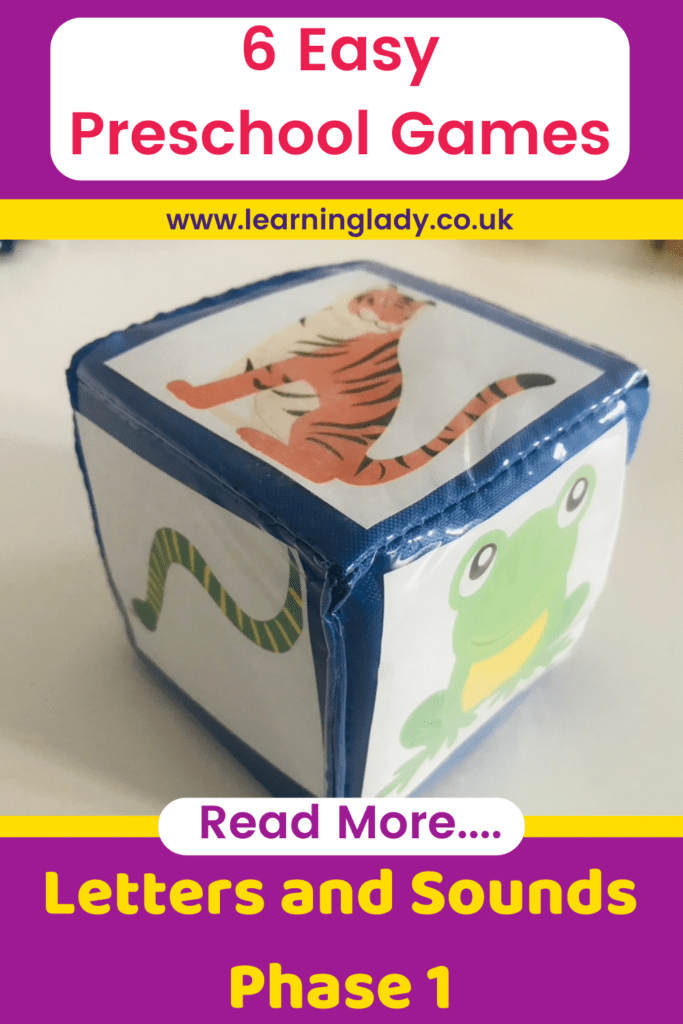
Using 1 basic die, they are a perfect example of how one original game had an instant impact.
First, Aaron learned how to roll a die, take turns, and respond to the image in top.
Then, we used this super practical game to achieve amazing pre phonic results!
Phonics Phase 1 Fun!
We began making the dice because we were trying to save money. This took too much time!
We needed to get started straight away, with resources that would last.
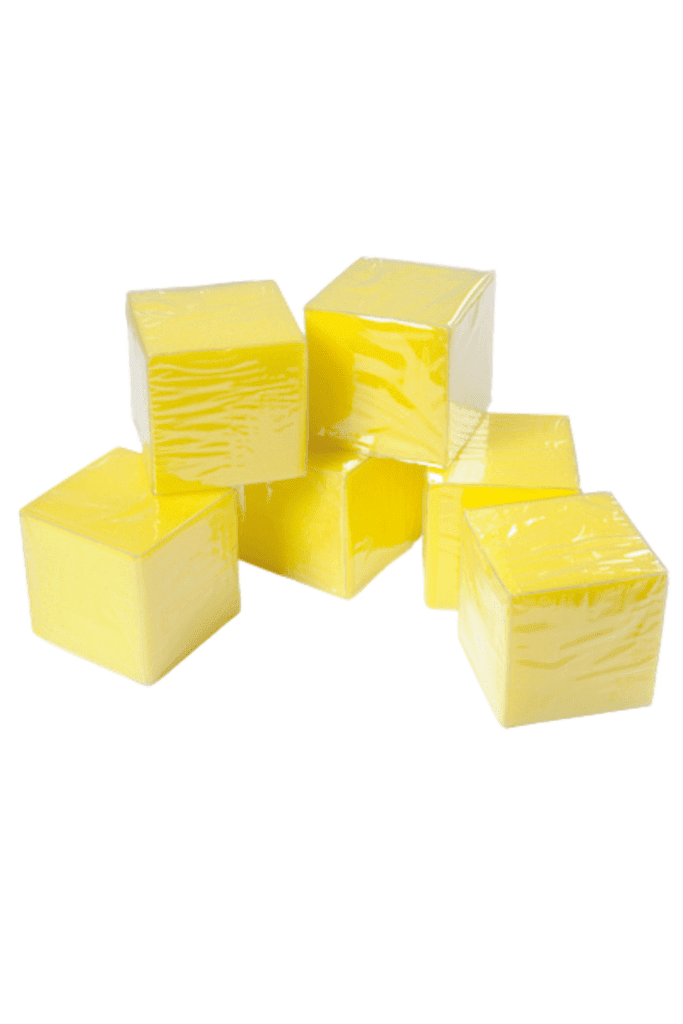
We found these AMAZING Pocket Dice on Amazon and didn’t look back.
These are so fantastically adaptable, we used them for heaps of other early years activities too.
We added
- Children’s photos for turn-taking activities
- Numbers and visual representations of amounts for maths activities
- Shapes for picture-making and pattern-building tasks
- Children’s names for word recognition games
- Categories of objects for vocabulary building
Who Should Play These Phase 1 Phonics Games?
We loved that we could use this resource at each step along the prephonics journey too.
We knew that a well-thought progression, matched to children’s needs, is critical to achieving perfectly prepared preschoolers.
This meant that everyone in our Nursery could enjoy playing and learning at their own level.
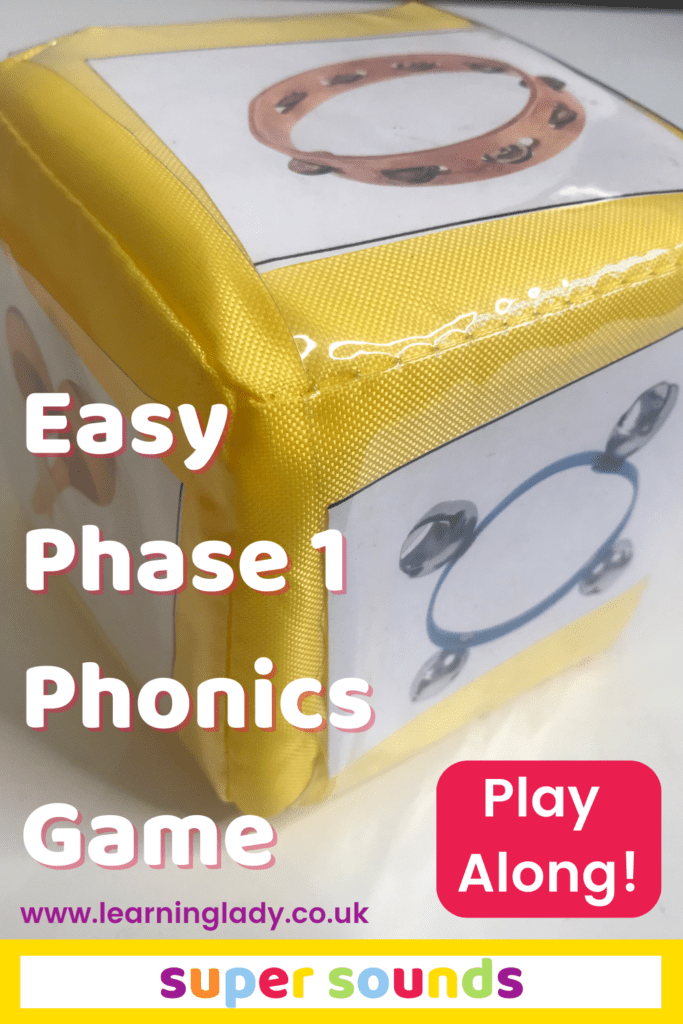
Where to start?
If you love the idea of adding this easy-peasy dice game to your pre phonic activities, but need to know where to start, I have just the thing.
This instant assessment tool will point you in the right direction, for guaranteed success!
We used it to swiftly pinpoint the essential skills Aaron had already mastered.
Then, used the tried and tested assessment tool to identify Aaron’s next steps. This made it easy to pick the right version of the dice game to play.
This super successful pre-phonic progression is now used by thousands of practitioners like you.
It’s a hugely popular tool, proven to deliver more effective nursery phonics planning. And It’s FREE to download here!
Prephonics Fun Starts With a Story!
The notable success of this prephonics game wasn’t only that it was repetitive and fun.
Children like Aaron responded best when we started the game with a linked story. This helped Aaron, and children like him to…
- Engage with the intended pre-phonic learning in different ways
- Learn about storytelling and key pre-reading behaviours
- Relate the game to a context, making it more appealing and fun
- Listen with increasing attention
- Develop an awareness of, and interest in, a wide range of books
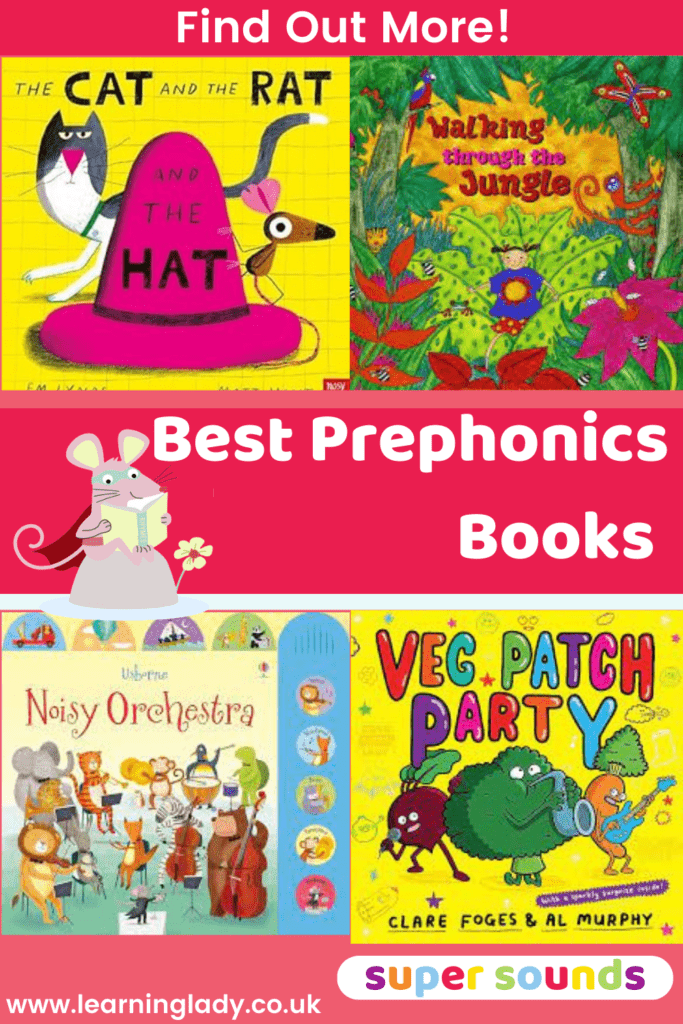
Here are some of the books we used, matched to the games listed below.
Step 1 | Noisy Animals Dice Game
Walking Through The Jungle by Julie Lacome
Step 2 | Noisy Orchestra Dice Game
Noisy Orchestra by Sam Taplin
Step 2 | Nursery Rhyme Dice Game
Mother Goose’s Nursery Rhymes by Axel Scheffler
Step 3 | Clap the Vegetable Dice Game
Veg Patch Party by Clare Foges
Step 4 | Rolling Rhymes Dice Game
The Cat, The Rat and The Hat by Em Lymas
Step 5 | Hippo Has A Hat Dice game
Hippo Has a Hat by Julia Donaldson and Nick Sharratt
Step 6 | Super Segmenting Dice Game
Stick Man by Julia Donaldson
6 Easy Peasy Phase 1 Phonics Games in 1!
Here are the 6 easy peasy Phase 1 Phonics games that we played with Aaron and his friends.
We couldn’t believe how one resource could add so much value. It became an immediate hit in our nursery.
These fast and fun versions of this game are from the award-winning Super Sounds book.
It’s that jam-packed with many more ideas just like this, you can find out more here…
Fun Pre-phonics Activities 1 | Noisy Animals
We played this game when Aaron and his friends were 2 years old. At first, we used the game as a way of teaching the children to take turns, but they cottoned on fast!
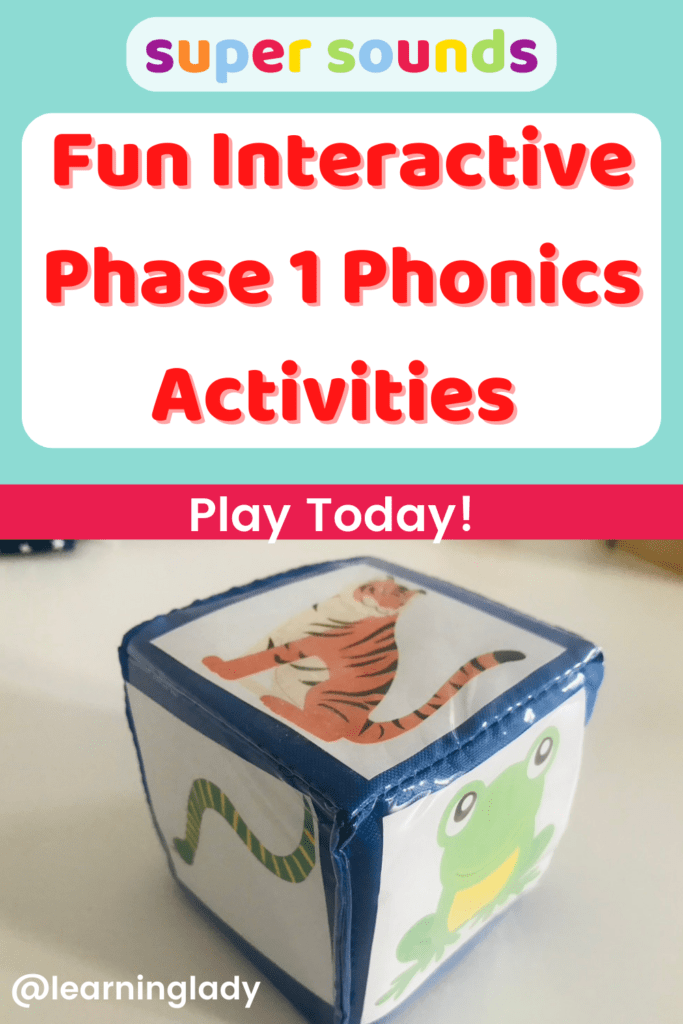
What you need
Walking Through The Jungle by Julie Lacome
A foam die with blank pockets or a homemade cube die made from card
Pictures of the sound-making animals These need to be the same size as the faces/pockets on the die.
What to do
- Explain that the children are going to make the noises matched to the pictures on the die.
- Support them to take turns to roll the die, naming the picture that lands on top.
- Can the children name the picture and remember the sounds/actions?
- All the children should join in with making the sounds/actions to match the picture rolled.
- Be sure to model key vocabulary as different pictures. For example,
“Can you snap like a crocodile?”
“Can you trumpet like an elephant?”
“Can you hiss like a snake?”
- The game continues until everyone in the group has rolled the die at least twice.
Fun Pre-phonics Activities | Noisy Orchestra
Once Aaron and his friends had mastered animal sounds, we decided to take things up a notch.
By playing the same game with instruments we added even more learning opportunities.
Aaron quickly learnt the names of the instruments and began to use words to describe their sounds too
Fun Prephonics Activities | Nursery Rhyme Dice
During World Nursery Rhyme Week the dice game came out again. This time the children matched picture prompts with known songs.
When nobody was looking, Aaron loved playing and singing the Nursery Rhymes on his own!
Fun Prephonics Activities | Clap the Vegetables
This version of the dice game develops an awareness of rhythm by clapping syllables. We used vegetables for this game as it fitted in with our ‘Harvest’ focus, but the options here are endless.
You could also try:
- Things you take on holiday
- Things you’d find at the park
- Favorite foods
- Animals from the Chinese New Year story
- Types of clothing
What you need
Veg Patch Party by Clare Foges
A foam die with blank pockets
or a homemade cube die made from card
Pictures of vegetables with varying amounts of syllables
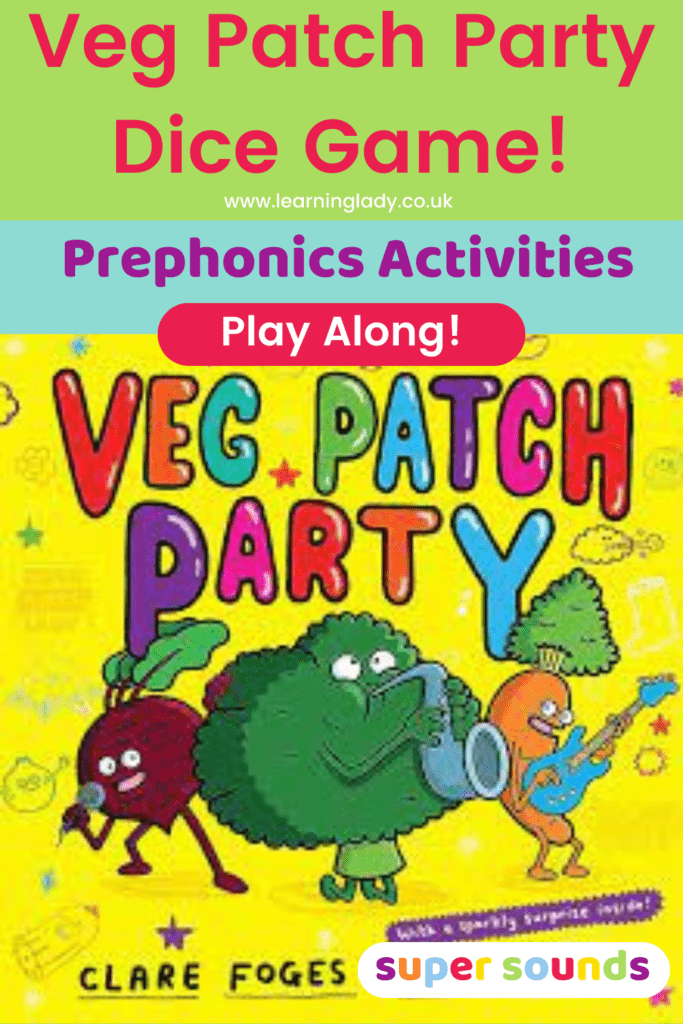
Vegetables you could use:
Swede (1 syllable)
Ca-rrot (2 syllables)
Po-ta-to (3 syllables)
Par-snip (2 syllables)
Ra-dish (2 syllables)
Cu-cum-ber (3 syllables)
Leek (1 syllable)
What to do
- Explain that the children are going to clap the number of ‘beats’ in each of the vegetable names. This will need modeling first.
- Begin by practising all together. Roll the dice, naming and clapping the ‘beats’ matched to each picture, with everyone joining in.
- Continue with the children taking turns to roll the die.
- Can the children name and clap the syllables in the vegetables or do they need support?
- The game continues until everyone in the group has rolled the die at least twice.
Fun Prephonics Activities | Hippo Has a Hat
Hippo Has a Hat by Julia Donaldson and Nick Sharratt was a firm favourite in our nursery.
The children got to know this story from memory which made them feel like real readers.
This 2 dice version of the game was the perfect follow-on from the story.
Fun Prephonics Activities | Super Segmenting!
As Aaron and his friends were preparing for school, we realised how far they had come. Finally, it was so easy to use this familiar and well-loved game to prepare them for Phonics in school.
Simply Successful!
Aaron made tremendous progress through every stage of pre phonic learning. At each step, there was a version of the dice game to meet his needs.
The pocket dice that we bought on Amazon were one of our most prized Nursery resources.
Aaron’s mum even asked where we’d found them so she could buy him one to play with at home!
More useful resourses to help you with prephonics with 2,3 and 4 year olds
Super Sounds by The Learning Lady
Ready for Ready – Preschool Online Training Course
FREE Recommended Reading books for Preschool Phonics
FREE Prephonic Progression and Assessment for for 2,3 and 4 year olds
Phase 1 Rhyming Game- More Dice Rolling Fun!
5 Super Simple Phonics Games for Phase 1 Animal Sounds in Nursery
What comes before Phonics by Sally Neaum
